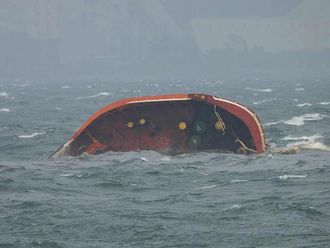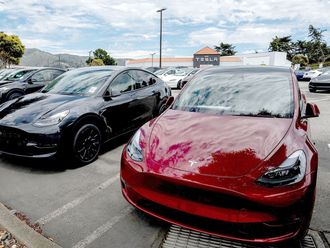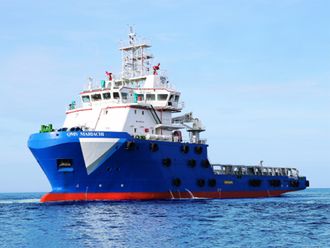Iran and Qatar share the world's largest natural-gas field, a Arabain Gulf deposit holding a quarter of the world's known resources — enough to supply the US for more than 70 years. There the similarities end.
From its half, called the North Field, Qatar produces more than 15 million tonnes a year of liquefied natural gas, enough to heat Japan for three months. Iran exports only one-sixth as much as Qatar.
Because Iran is under pressure from US sanctions, the country's earliest gas-development project won't be completed until 2009. That puts the brakes on Iran's efforts to restructure its economy and reduce its subsidies on gasoline and food products.
"It's not just a question of signing deals and putting pen to paper but of when the investments are made,'' said Patrick Clawson, an economist at the Washington Institute for Near East Policy. "Iran badly needs natural-gas exports in the near future if it's to sustain economic growth.''
In the past six months, Qatar has signed a $12 billion agreement with Irving, Texas-based ExxonMobil Corp to double its LNG output in five years.
In Iran, by contrast, talks with Paris-based Total SA and Royal Dutch/Shell Group, based in London and The Hague, have dragged on for more than three years without a concrete agreement.
With oil sales limited by Opec production quotas, Iran needs revenue from gas for foreign-currency earnings to maintain growth.
Oil price increases of 28 per cent in the last year will boost economic growth to 8 per cent this year, the International Monetary Fund says.
Iran has fallen behind in the race to secure a chunk of the growing global natural-gas market, which Daniel Yergin, the Pulitzer-Prize winning author of The Prize, says may be worth more than $500 billion a year.
"Lots of countries are trying to develop their oil and gas and there is a question mark over opportunities in Iran,'' said Jeffrey Waterous, chairman of Waterous & Co., which specialises in financing energy projects and has offices in Denver and Houston.
Countries that already produce LNG cargoes and plan to expand current projects include Nigeria, Oman, Qatar, Indonesia, Trinidad and Tobago, Brunei and Algeria. Among nations that aim to join that list are Angola, Iran, Russia, Saudi Arabia, and Venezuela, according to the Energy Department.
In addition to the ExxonMobil contract, Royal Dutch/Shell, San Ramon, California-based ChevronTexaco Corp, ConocoPhillips of Houston, Texas, and South Africa's Sasol Ltd. have agreed to invest $16 billion to develop plants to turn Qatar's natural gas into oil products such as diesel.
"That we are behind Oman and Qatar is obvious,'' said Seyyed Hossein Hosseini, a board member of National Iranian Gas Exports Co. "We have our own plans, and our goal remains to find customers in Europe.''
Of Iran's four pending projects — NIOC LNG; Iran LNG with London-based BP Plc; Pars LNG with Total and Petroliam Nasional Bhd.; Arabian LNG with partners Royal Dutch/Shell and Madrid-based Repsol YPF SA — only the one with Total has made any progress so far.
In February, after three years of talks, National Iranian Oil Co, Total and Malaysia's Petroliam Nasional signed a preliminary accord to form an LNG venture in Iran. Still, complicated negotiations remain, said Paul Floren, a Total spokesman.
Price is an issue too: China's state-owned Zhuhai Zhenrong Co. signed a preliminary agreement in March to buy more than 110 million metric tonnes of Iranian LNG over 25 years for $20 billion.
Last October, China signed an agreement with ChevronTexaco, the second-largest US oil company, to buy about 80 million to 100 million tonnes from Western Australia for about $21 billion.
"Iran may have to accept lower LNG prices as they offer the least favourable terms to investors,'' said James Ball, chairman of Gas Strategies, an energy consulting company based in London.
Iran losing race to boost LNG exports
Iran losing race to boost LNG exports












